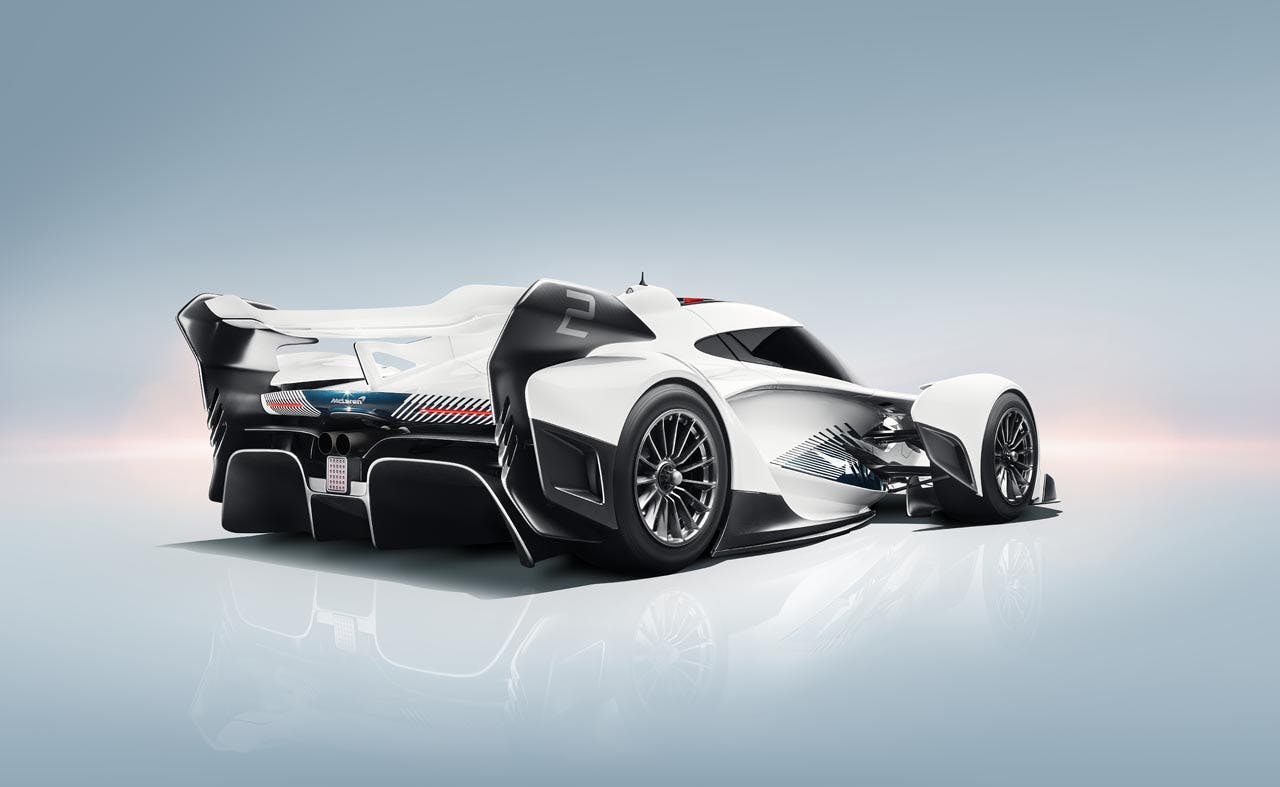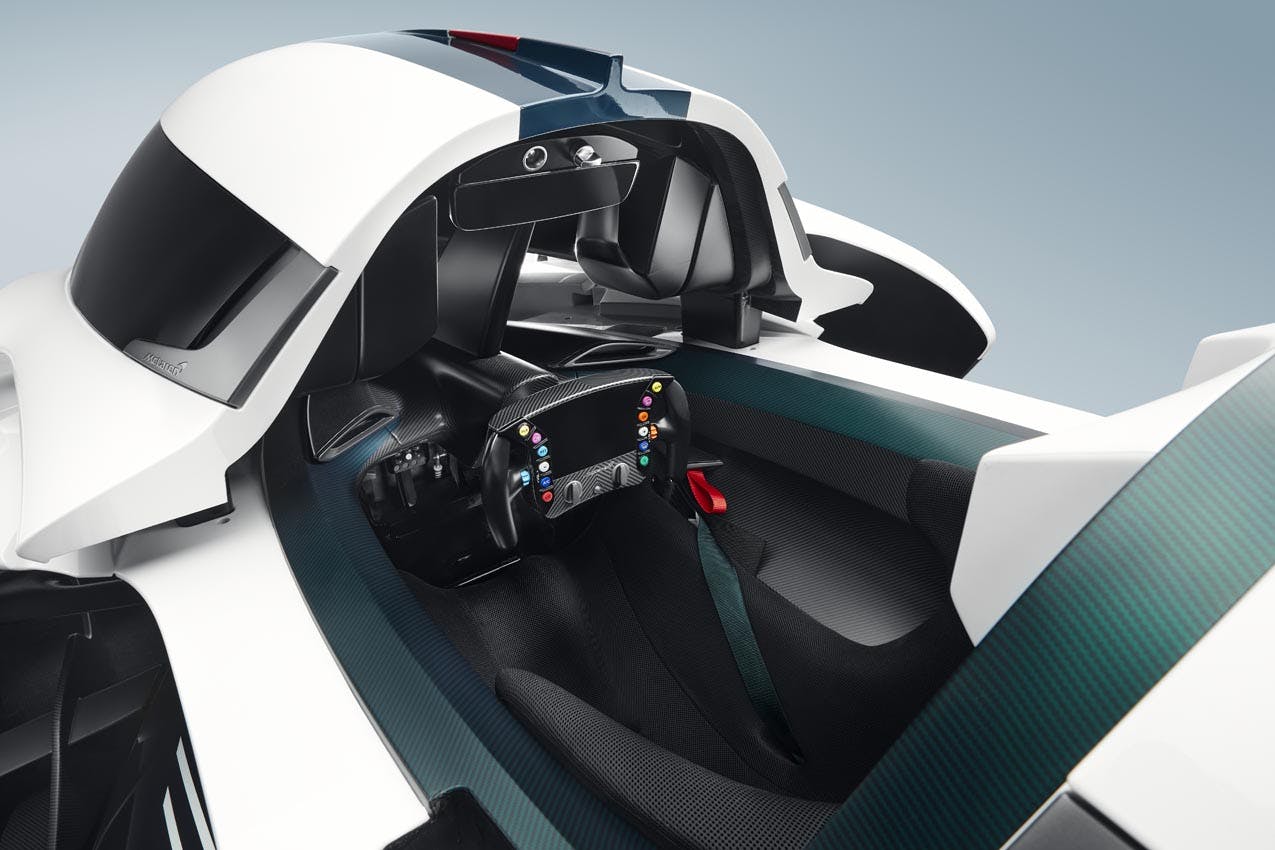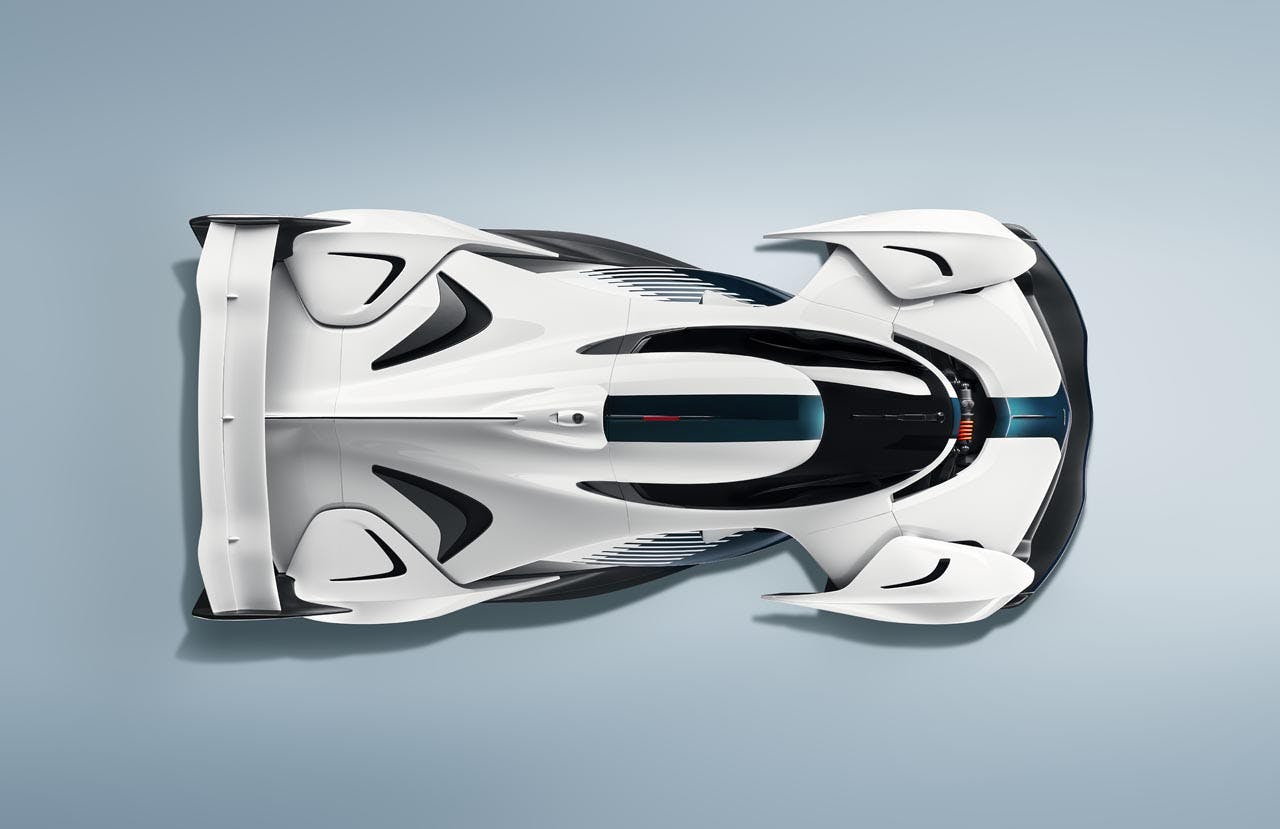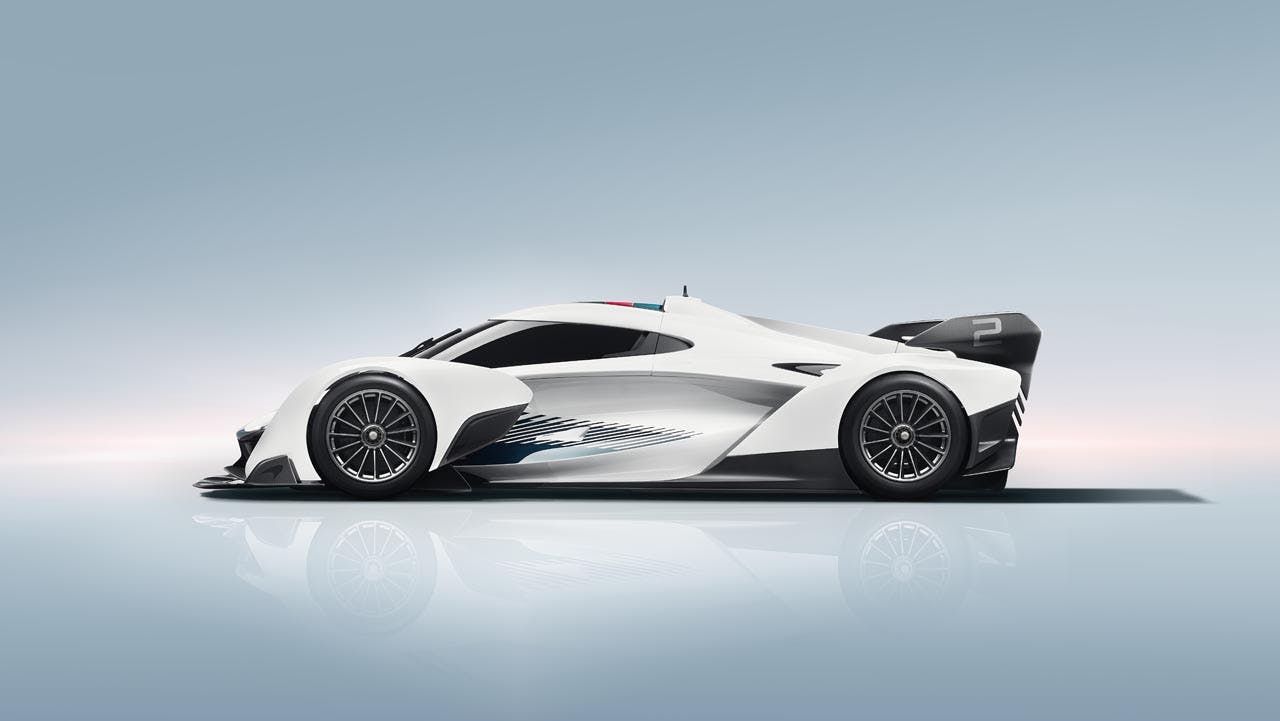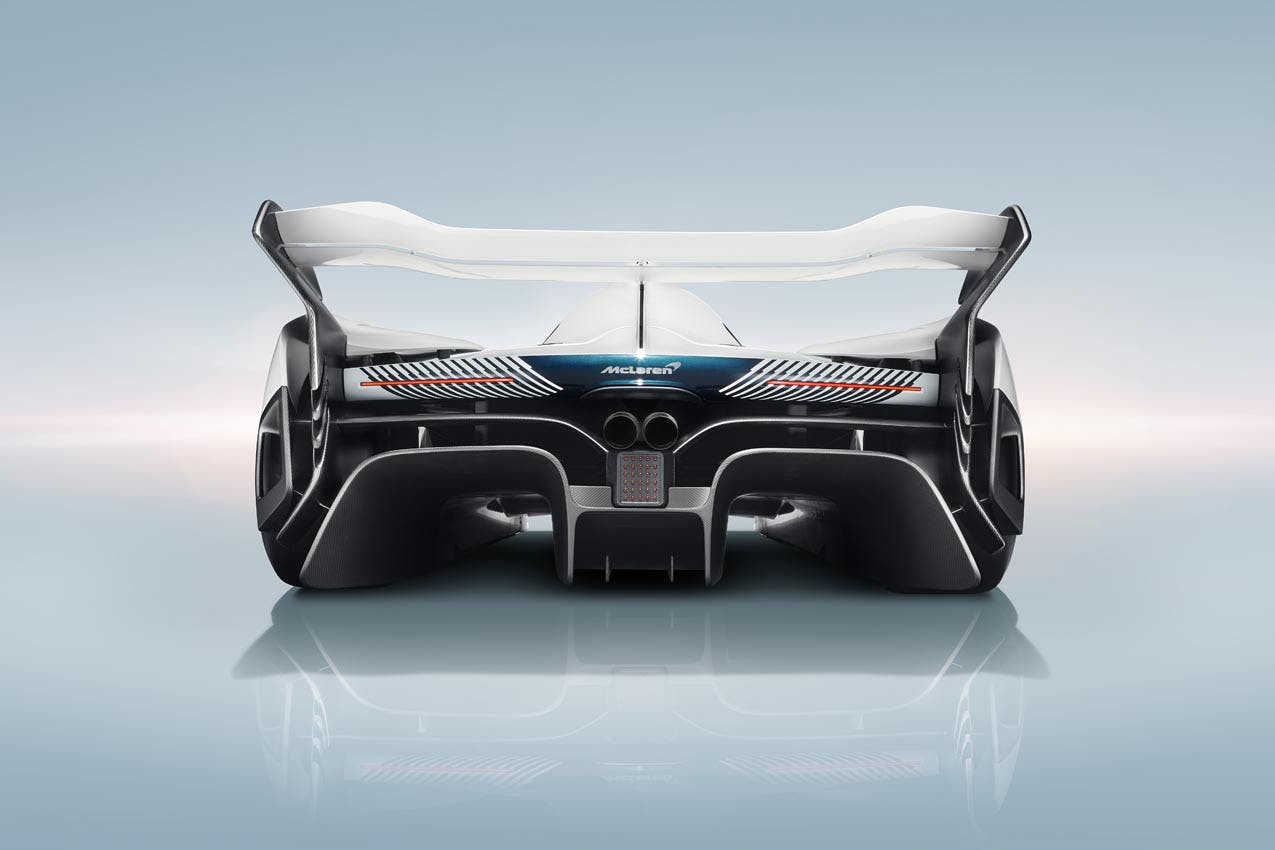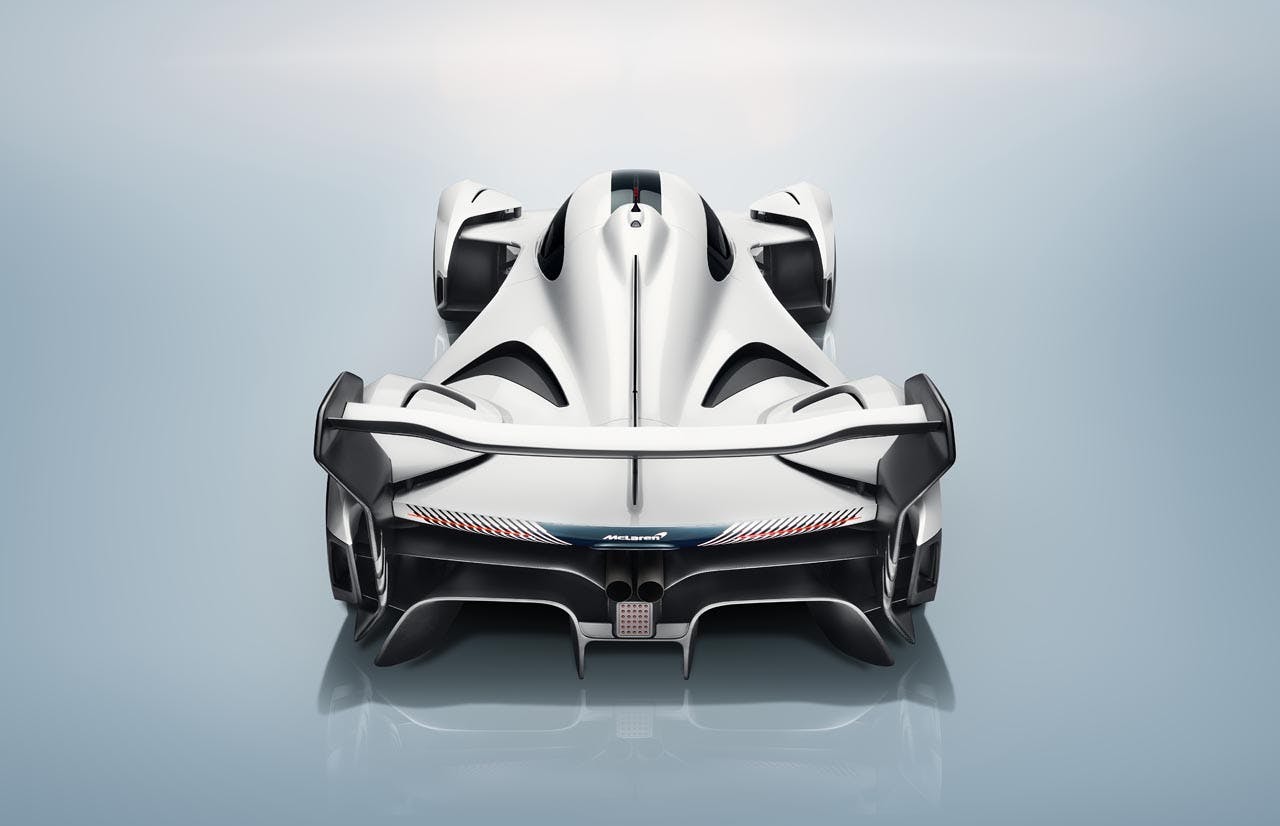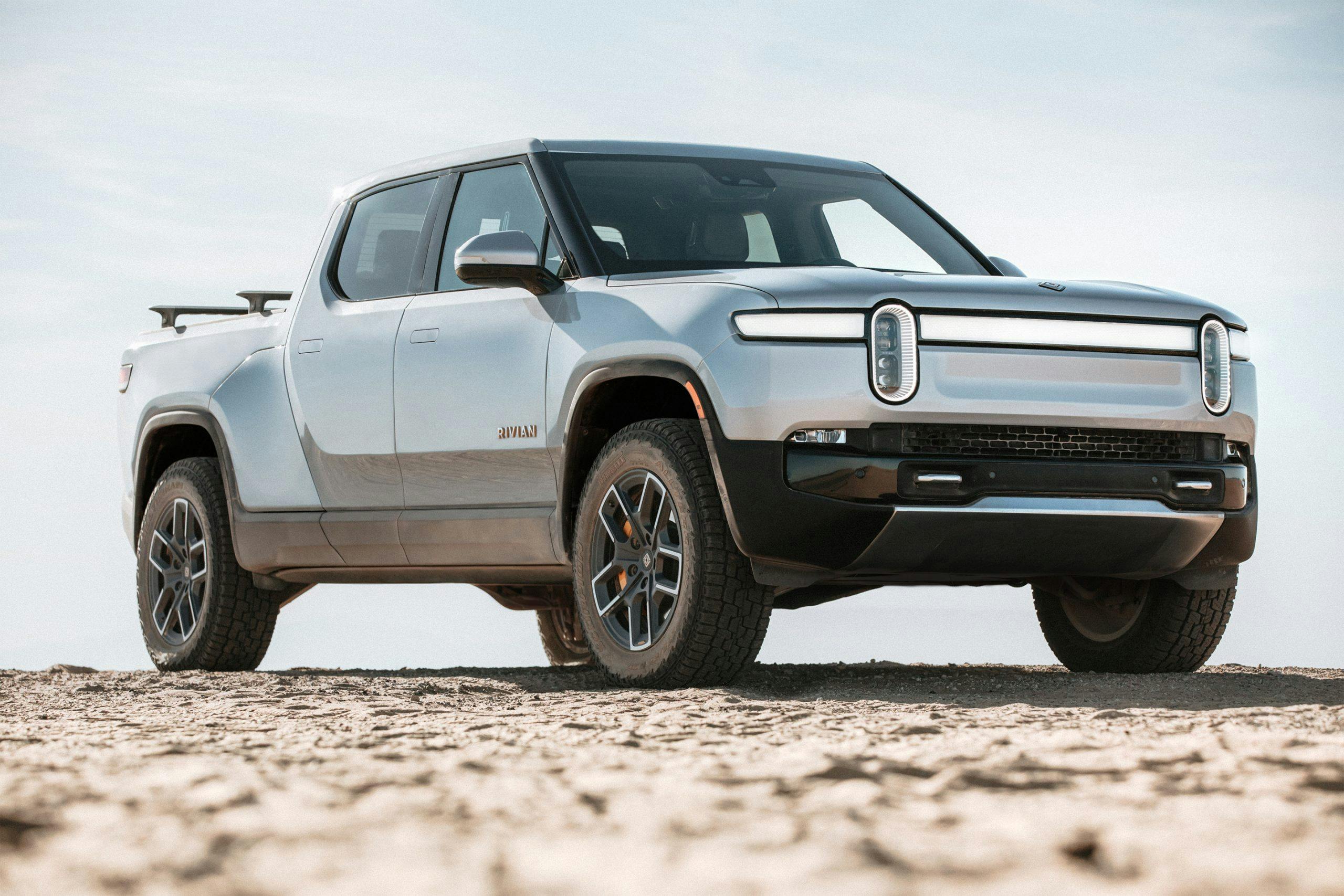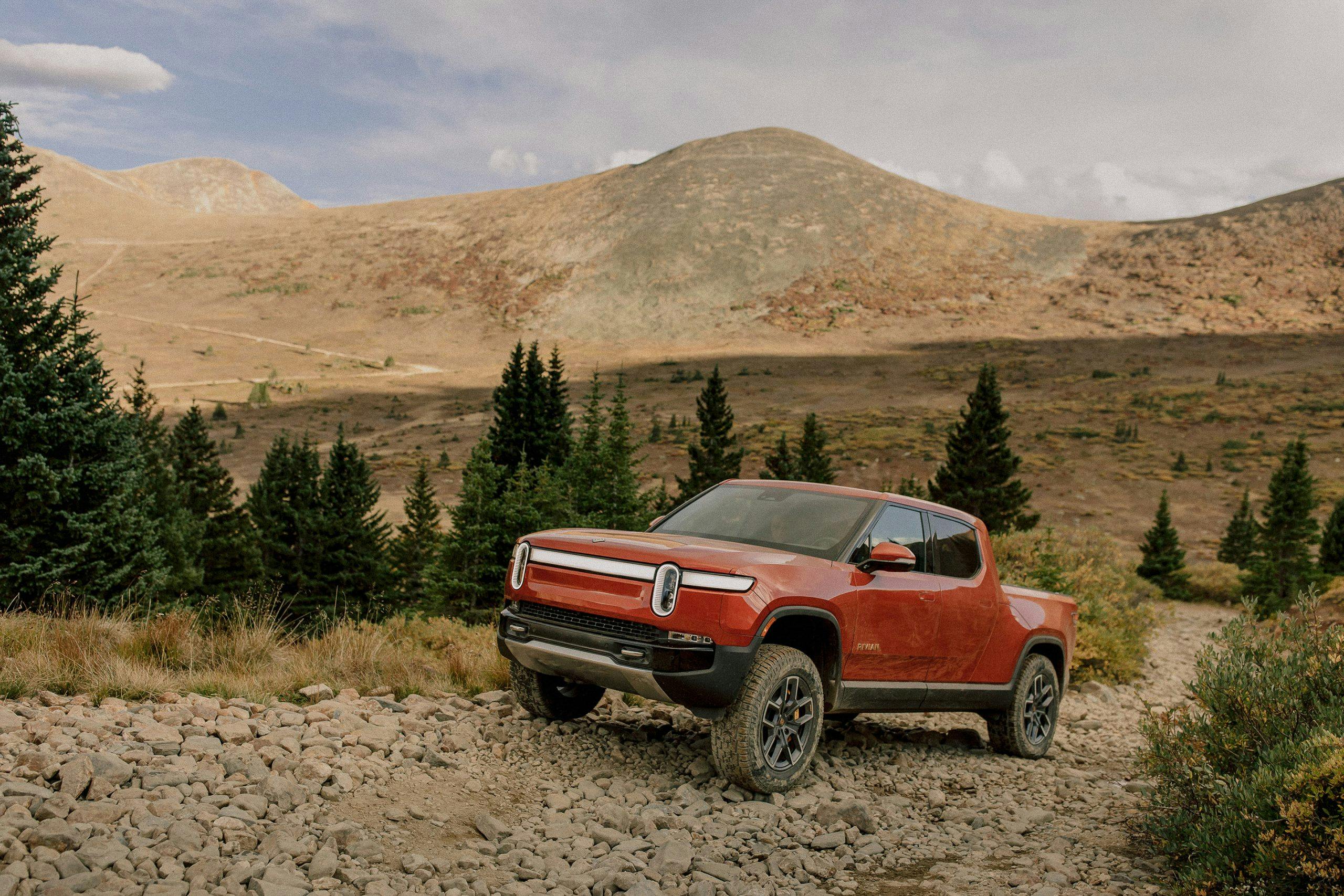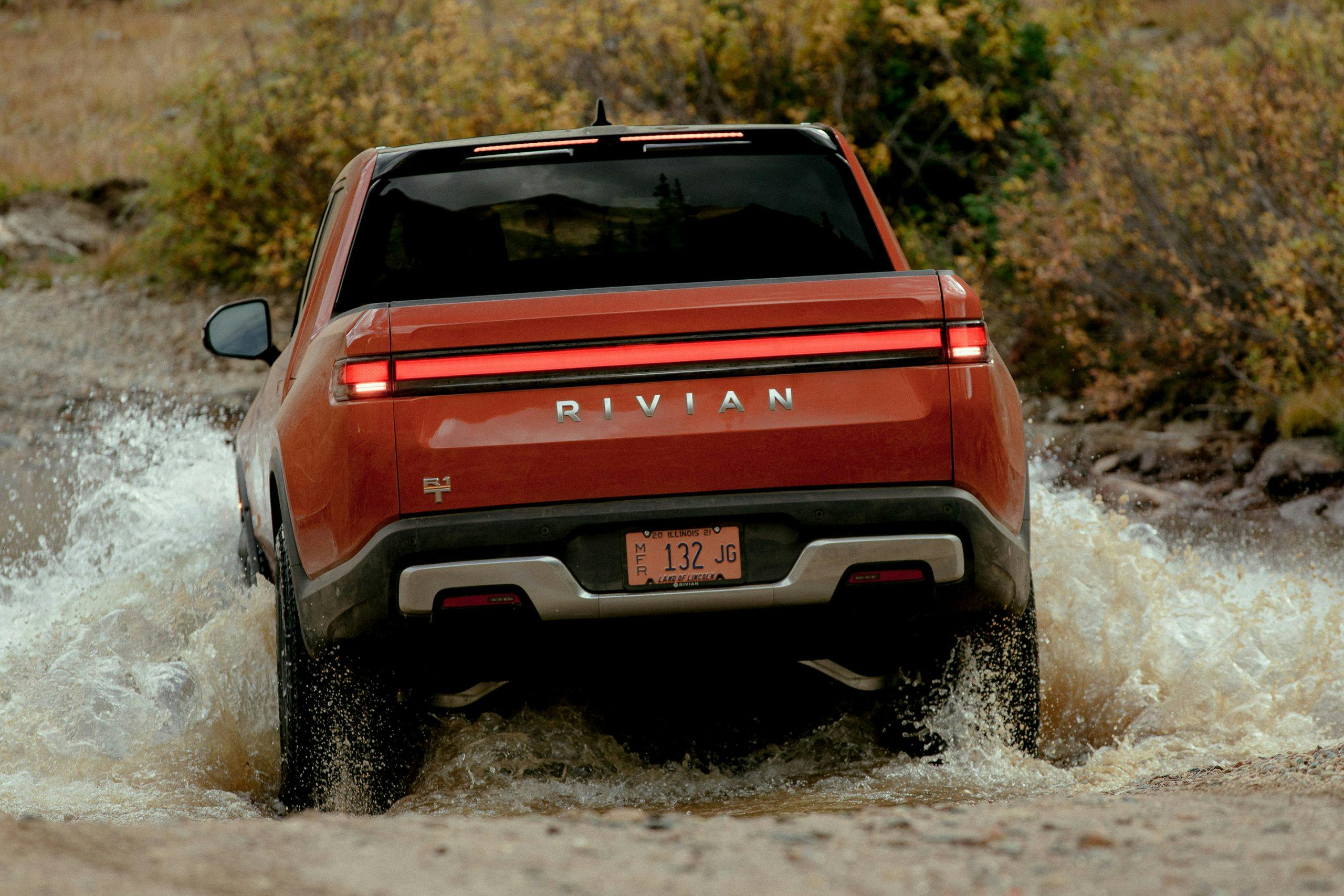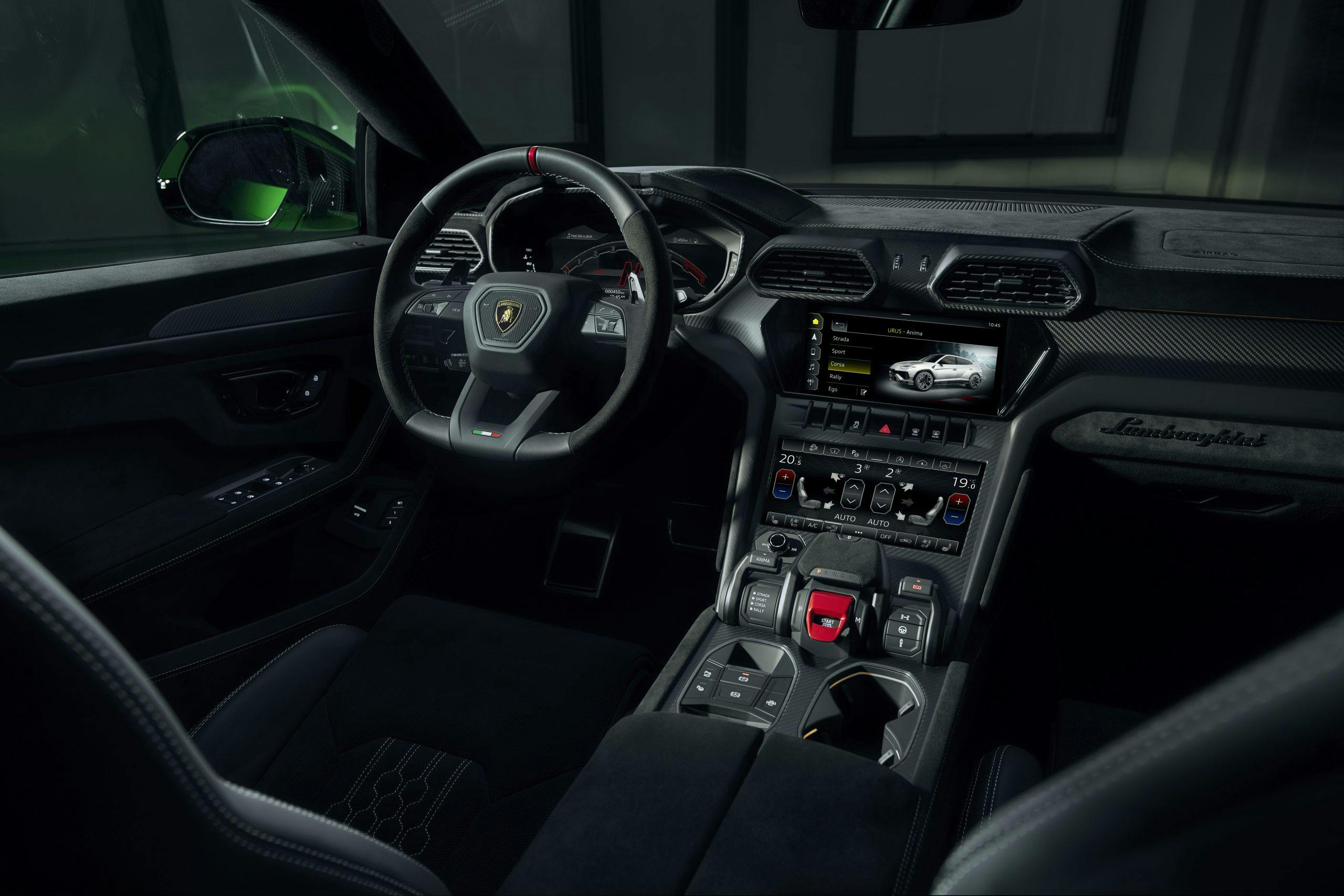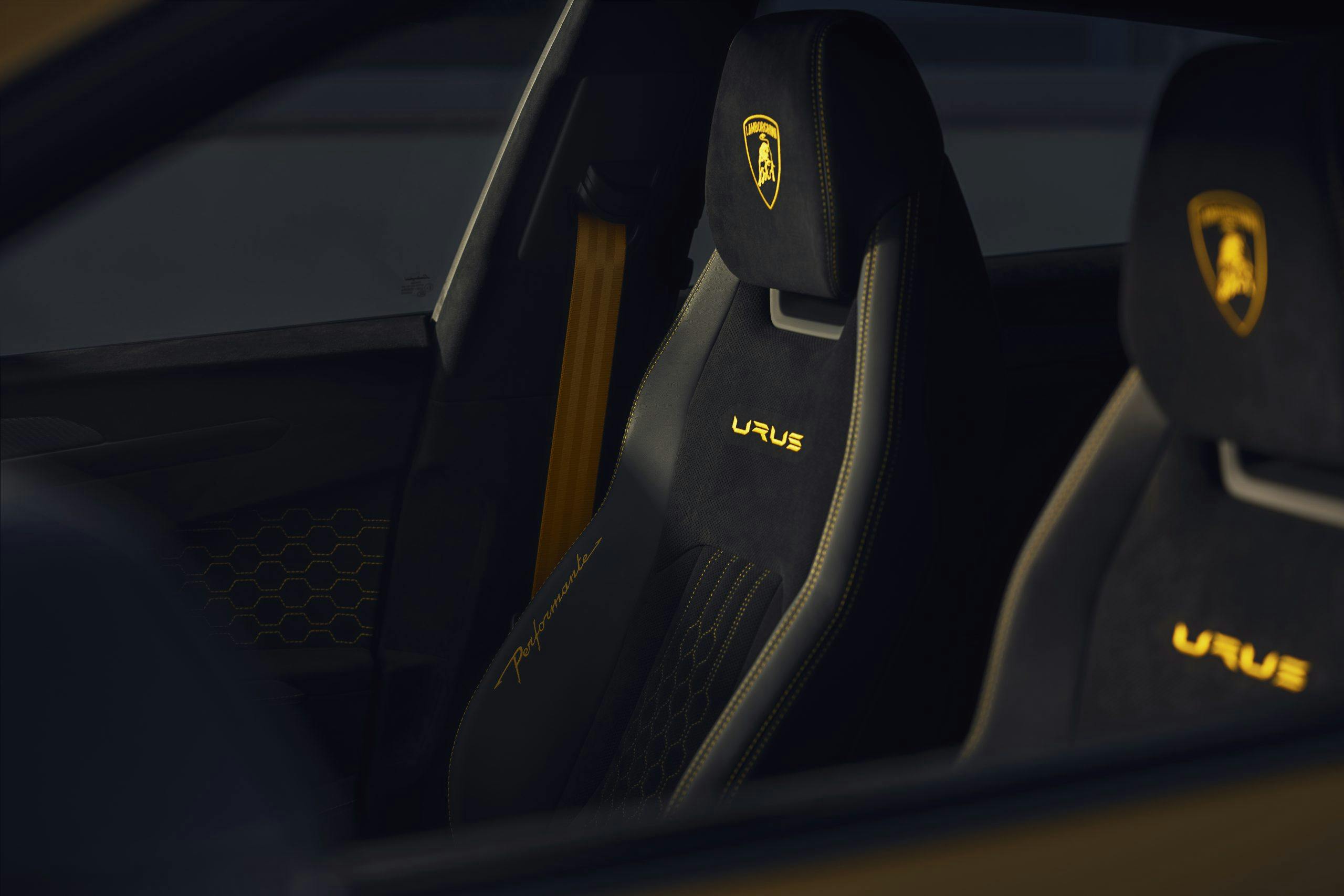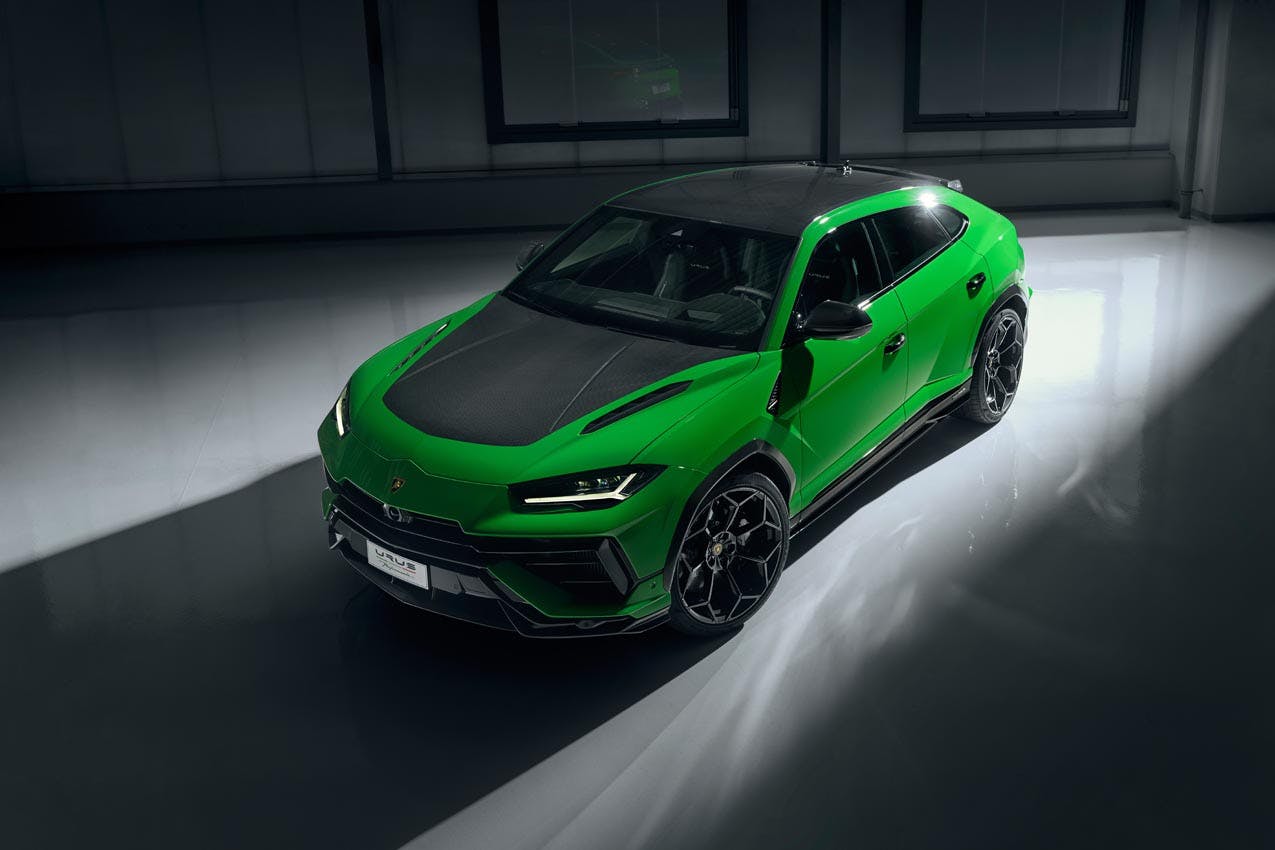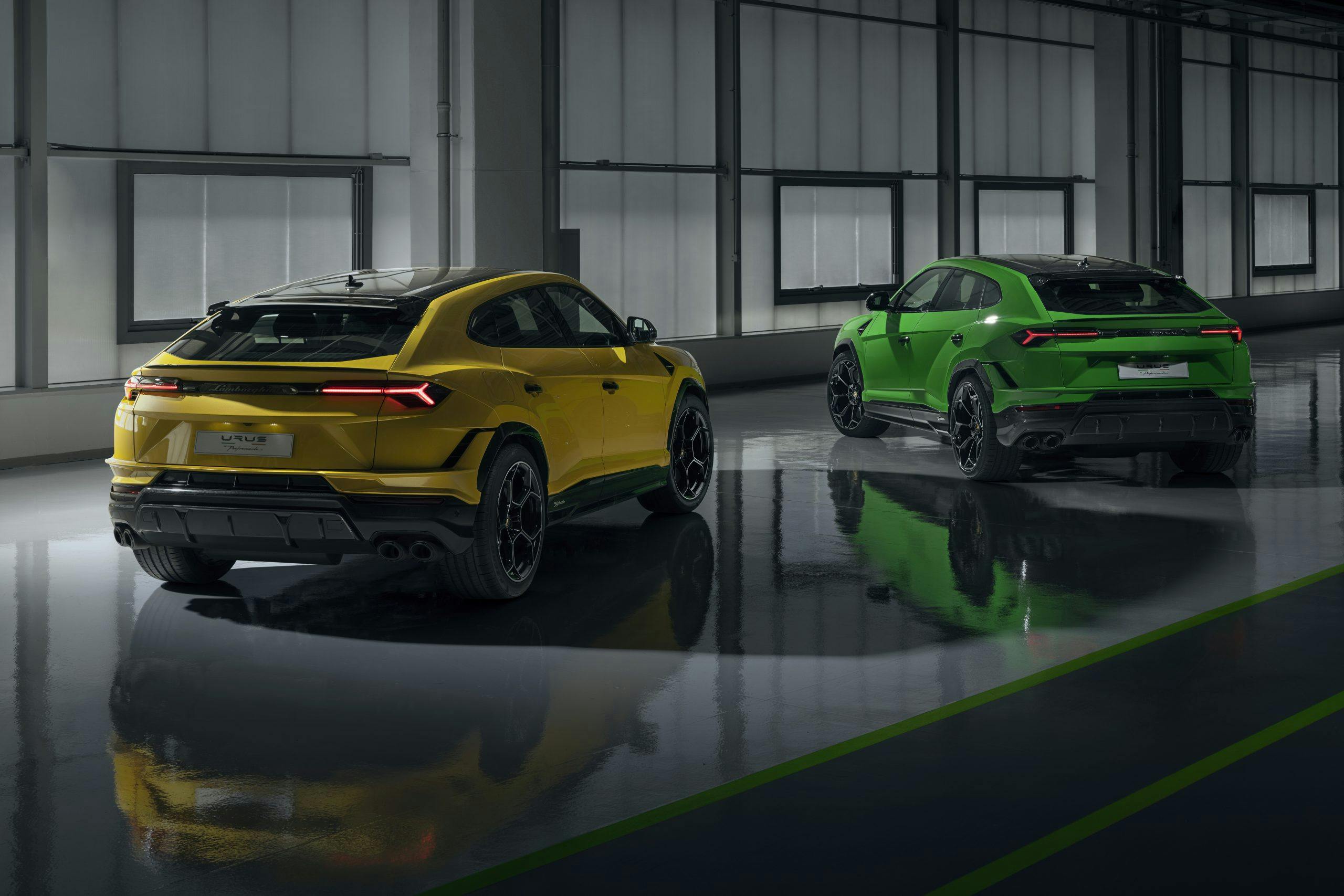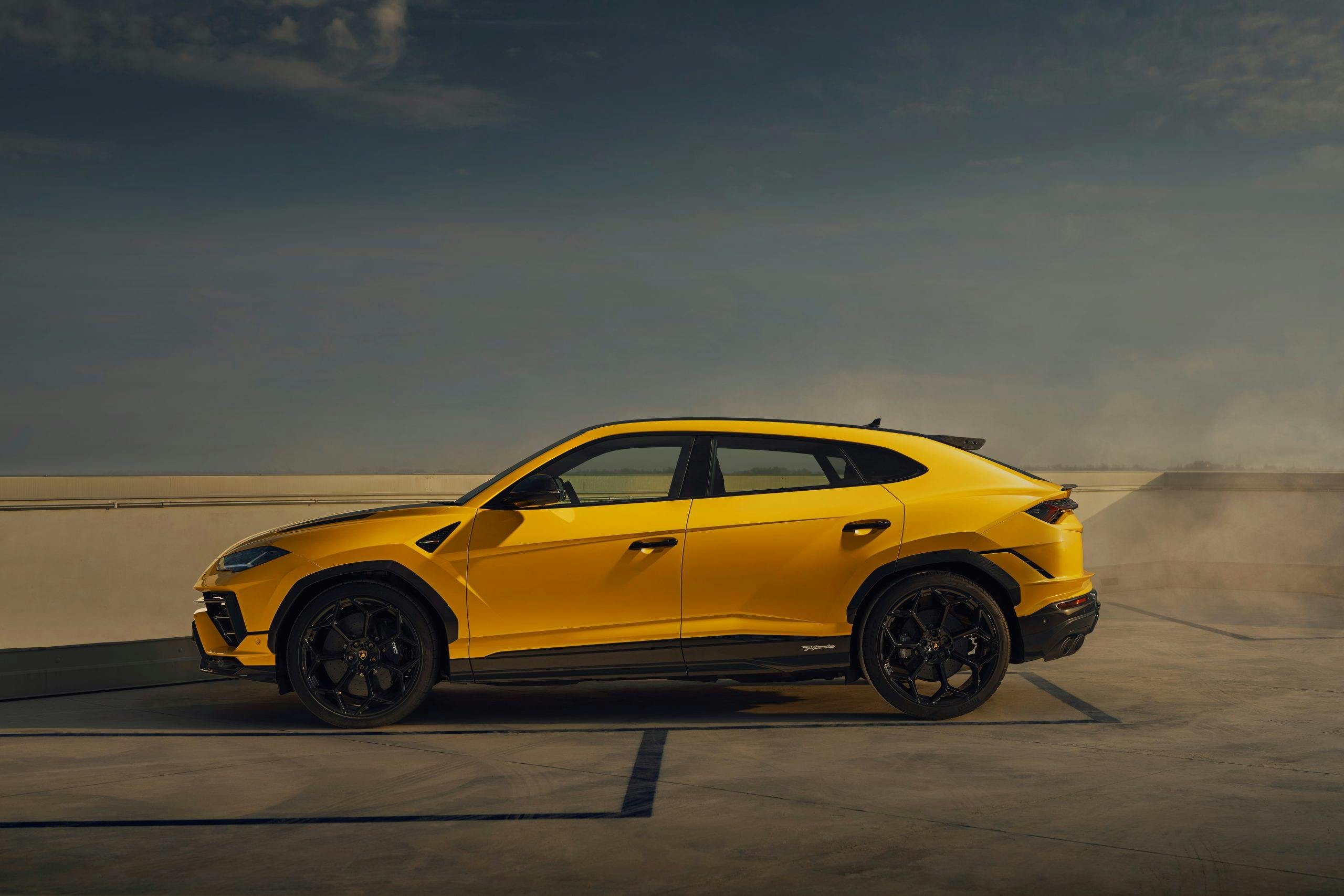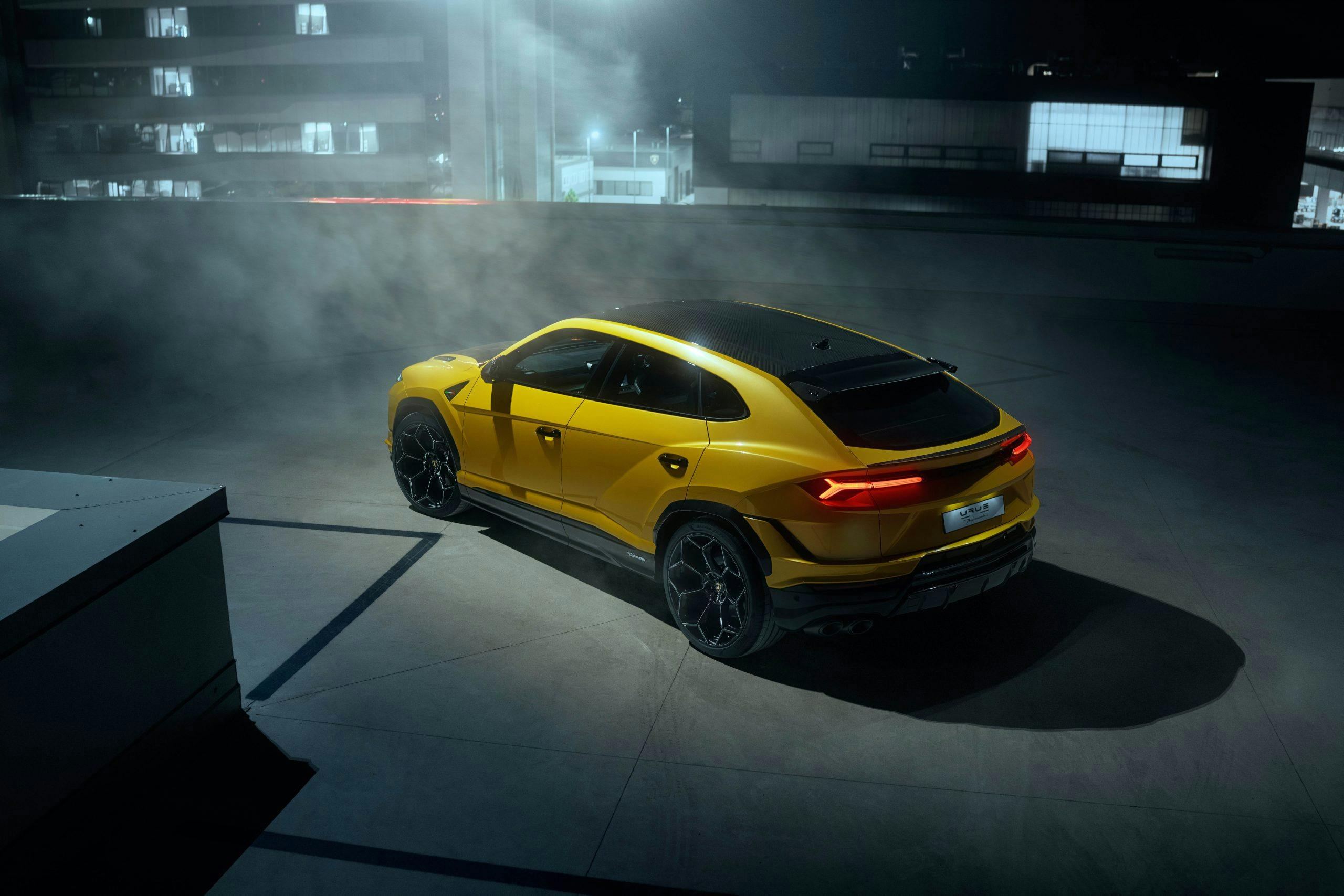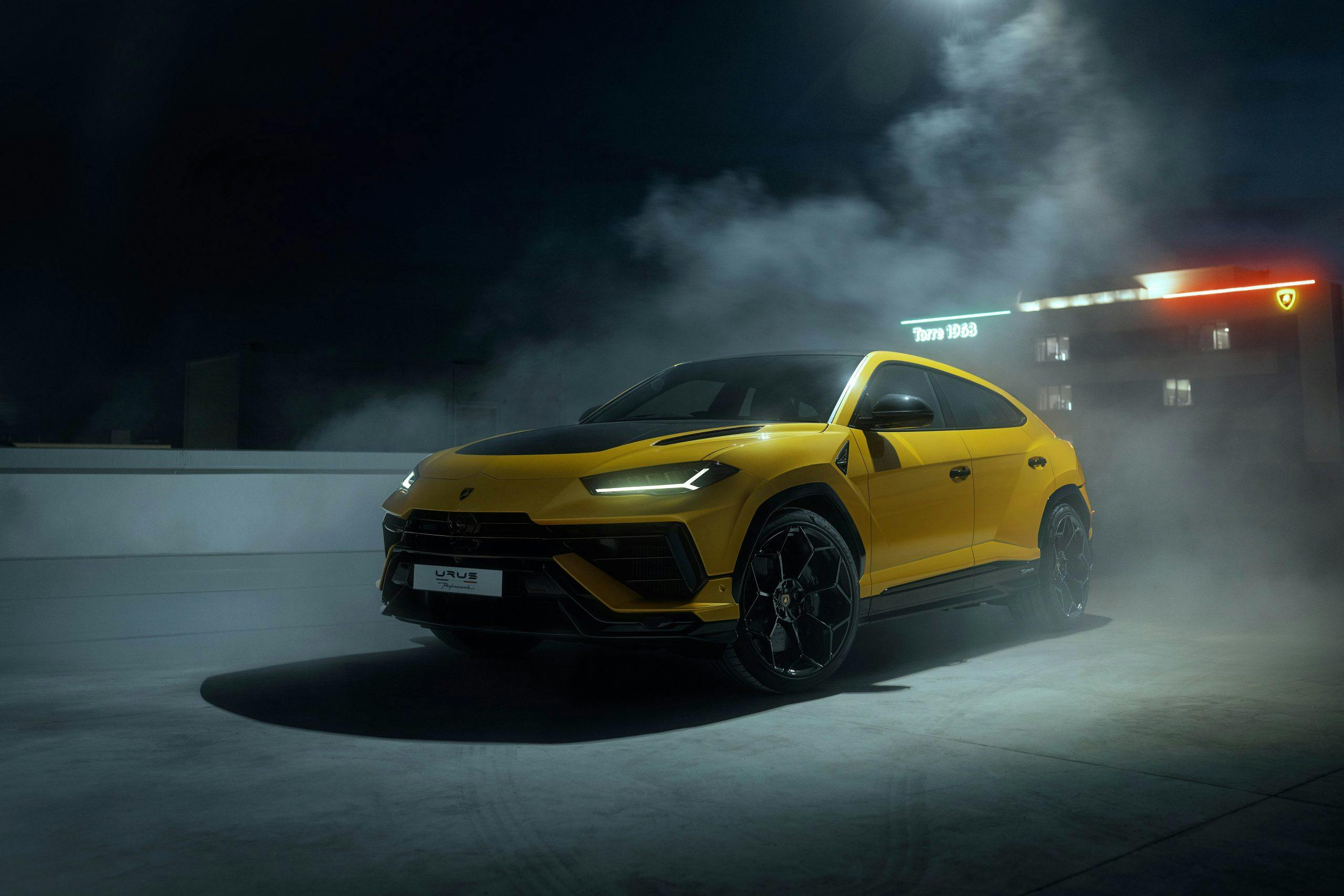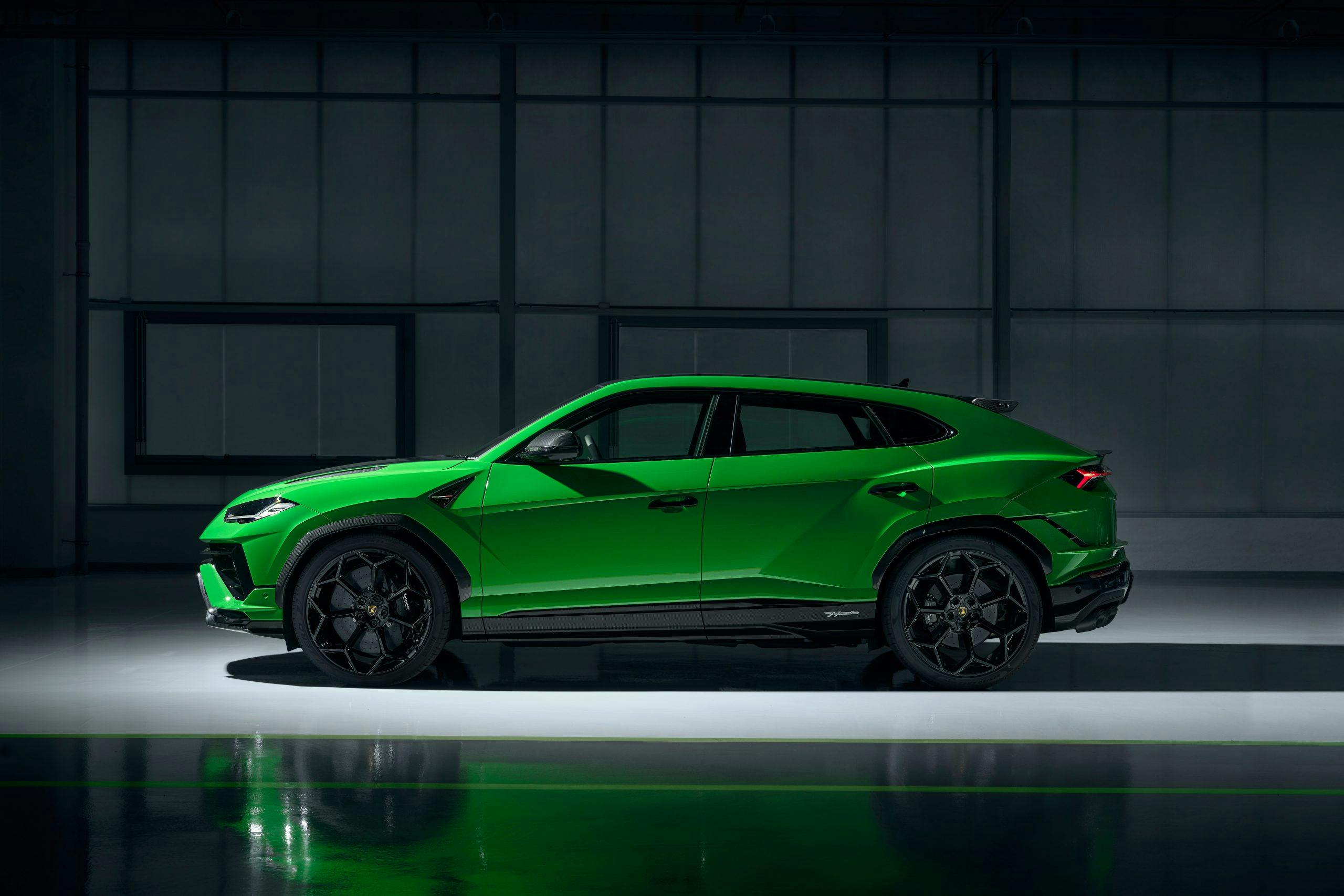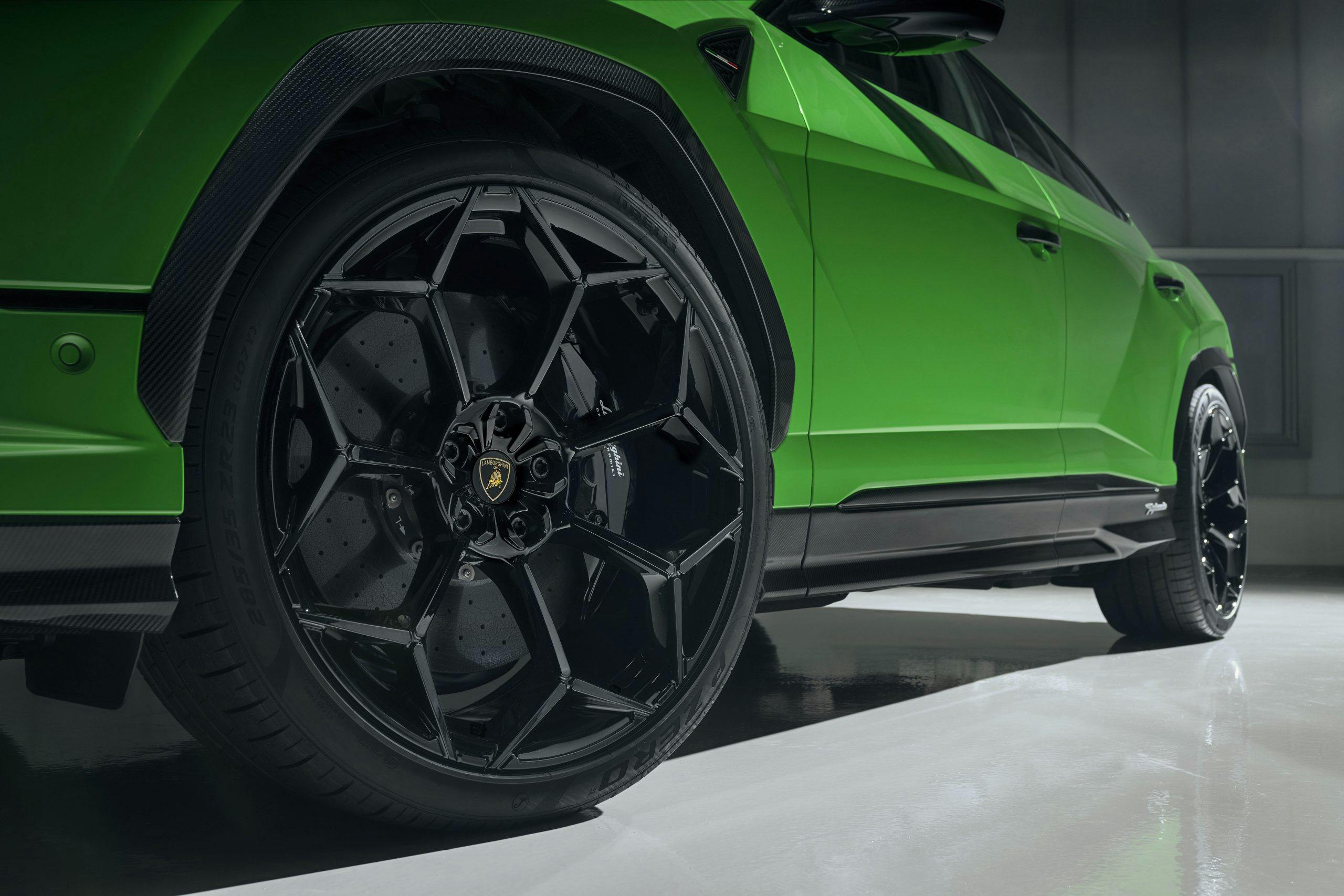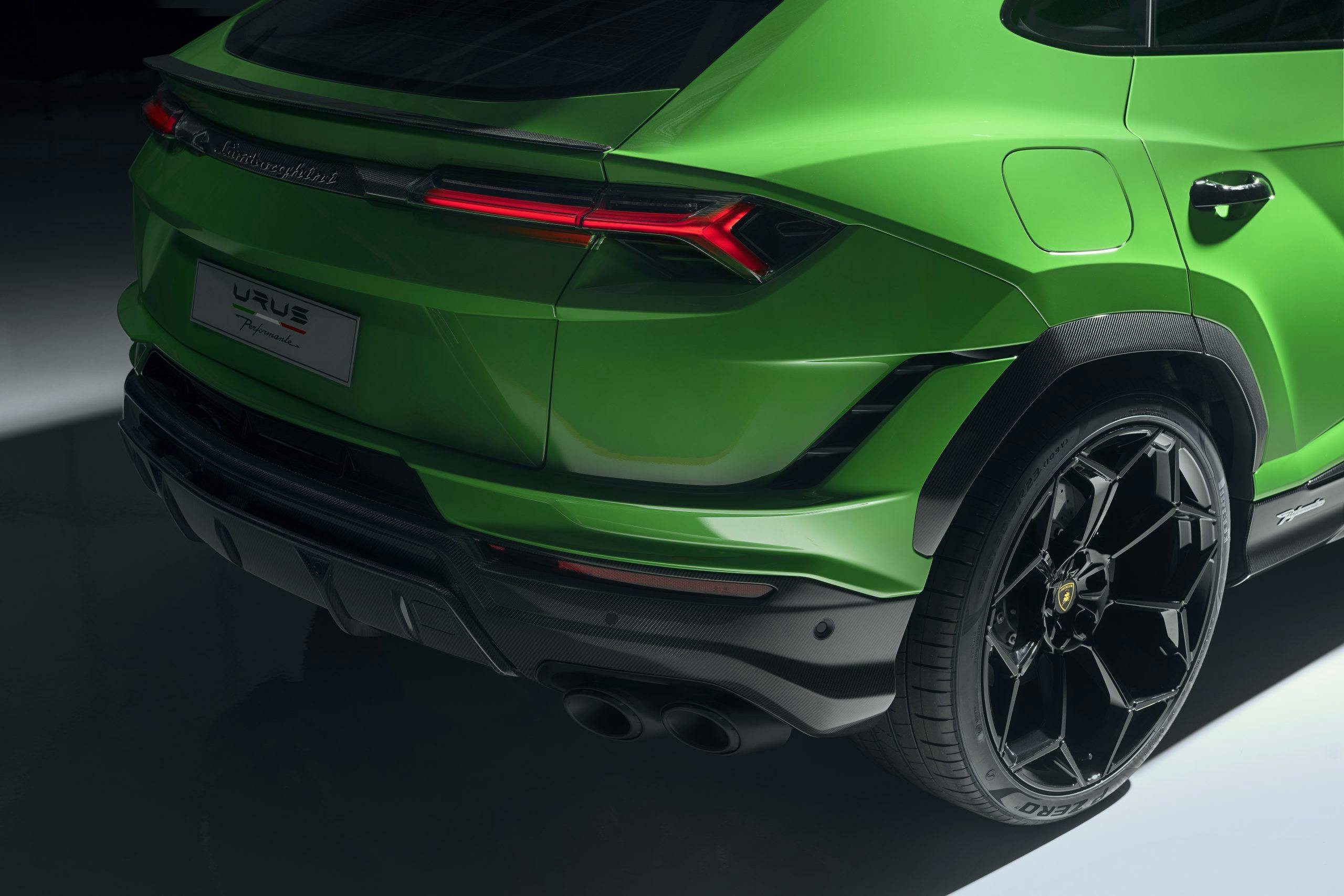Media | Articles
A Kansas Corvette homecoming, McLaren’s V-10 track assassin, self-driving tractors?

Kansas man will get his 1959 Corvette back after 7-year legal battle
Intake: Richard Martinez got a big surprise when his 1959 Corvette was seized as he tried to register it over seven years ago. The DMV took issue with the rivets used to re-attach the VIN plate on the car after a restoration, citing a law meant to prevent VIN tampering and re-identifying stolen vehicles despite no evidence that the Corvette was stolen or tampered with. After five years without his car, a Johnson County court has ruled in Martinez’s favor and the car will be returned to him, according to a report from CorvetteForum.com. Along with his car, Martinez will also be granted up to $20,000 to return the ‘Vette to its former condition.
Exhaust: Laws pertaining to vehicle identification numbers and tampering with them need to be in black-and-white, but it makes situations like this really tough. We are happy to see this Corvette returning home rather than being destroyed as initially proposed. Condition of the car is unknown as it has been in possession of the Highway Patrol for five years, but just having it back is far better than the alternative. — Kyle Smith
McLaren’s Solus GT is a downforce-happy, V-10-powered track weapon
Intake: Revealed during Monterey Car Week, McLaren’s new Solus GT was born from video games. The bonkers, life-imitating-art single-seater is a track-only affair powered by a 5.2-liter V-10 engine that can rev to 10,000 rpm and produce 829 hp and 479 lb-ft of torque. 2.5-seconds is the 0–60 time, with a top speed of more than 200 mph. McLaren says the Solus GT can turn the fastest lap times of any McLaren outside of its single-seater race cars (read: Formula 1 race car). Other stats that back up that claim: The car generates 2645 pounds of peak downforce—some 420 lbs more than the car weighs (2205 pounds). The front wheels are shrouded in pods that side outside of a large front splitter that directs air into ground-effect tunnels under the car. A massive rear diffuser and twin-element rear wing help keep things planted out back. A single air intake over the canopy feeds the monstrous engine with cold, clean air. To enter the car, the driver must slide the bubble canopy forward and up—no doors involved. The carbon-fiber monocoque chassis also uses the V-10 engine and seven-speed sequential gearbox as a stressed member, just like F1 cars and other open-wheel racing machinery would. The seat is fixed to the chassis (each owner will undergo a motorsports-like seat fitting at the hands of McLaren to ensure their throne squeezes them in all the right places) and it’s the pedal box that moves to find the right driver fitment.Interested in getting your hands on one? Tough luck—McLaren says that all 25 examples of the Solus GT have already been sold to special customers for what must be a hefty price.
Exhaust: Crazy aero aside, most impressive is that the company is willing to take an outside-the-box creation born in the limitless world of video games (in this case, the Gran Turismo series) and make it a reality. This thing is sweet, full-stop. One interesting factoid is that the V-10’s 5.2 liters of displacement is the same as that of the only 10-cylinder in current production: the 90-degree engine used in the Audi R8 and Lamborghini Huracán. — Nathan Petroelje
Rivian cancels base Explore model for the R1T and R1S, again stoking ire of customers
Intake: Buyers of Rivian’s R1T truck and R1S SUV can no longer opt for the base Explore model, even if they were already on the reservation list for such a machine, according to a report from The Verge. This is the second time Rivian has provided less than ideal customer service to their reservation holders, now suggesting would-be customers spend $5500 more for the Adventure trim level or request a refund instead. Unsurprisingly, would-be Explore customers are upset. In an email to preorder holders obtained by The Verge, Rivian explained that it was dropping the entry model to simplify production complexities in an effort to “deliver as many vehicles as possible.” In its most recent earnings report, Rivian said that it produced 4401 vehicles during Q2, and reaffirmed its goals of producing 25,000 vehicles a year.
Marketplace
Buy and sell classics with confidence
Exhaust: That’s a fair justification when discussed in a vacuum, but The Verge also reminded us of Rivian’s current financial woes, including a $1.71 billion loss last quarter, and the firing of 6 percent of its workforce in July. Quick math reveals that those quarterly production numbers are well short of what it would need to meet the annual target. Rainy days are indeed ahead, and a 10-K filing earlier this year noted that Rivian plans to “incur significant expenses and continuing losses for the foreseeable future.” Odds are, they wish to minimize the losses in an increasingly uncertain future for financial institutions and EV investors alike. Unfortunately, the move means that once again, Rivian’s customers lose in the process. How about someone buys Rivian CEO RJ Scaringe a copy of The Lexus Story as a homework assignment? — Sajeev Mehta
Driverless electric tractors will be built at Foxconn’s Lordstown facility

Intake: Reuters reported earlier this month that Taiwan’s Foxconn, the world’s largest contract electronics maker, will build driverless electric tractors for California-based Monarch Tractor at its Lordstown, Ohio, facility starting in early 2023. Foxconn, best known for assembling Apple’s iPhone, completed a purchase of the Lordstown plant from GM in May. Foxconn says production for Monarch’s battery-powered MK-V series tractor is scheduled to begin in the first quarter of 2023. Monarch debuted its first autonomous electric tractor to a select group of farmers last year.
Exhaust: Considering the rollercoaster that Lordstown autoworkers have been riding for years—first with the halt of Chevrolet Cruze production in 2019 and then the ups and downs of electric start-up Lordstown Motors—this is great news. While heavy machinery manufacturers look towards the electric vehicle market and U.S. agriculture shifts to smart farming, it appears that Lordstown might be ahead of the curve. That said, with companies like John Deere posting record profits last year despite UAW strikes and contentious right-to-repair lawsuits, expect the notion of self-driving tractors to be a rather hot topic among the agricultural crowd. — Jeff Peek
Meet the 657-hp Lamborghini Urus Performante
Intake: Our first look at the new Lamborghini Urus came not at Pebble Beach over the weekend, but earlier this month at the Pike’s Peak International Hill Climb where a slightly disguised Urus set a production SUV record of 10 minutes, 32.064 seconds on the 156-turn course ending at 14,115 feet above sea level. Fast forward, literally, to Pebble Beach, where the covers officially came off the Lamborghini Urus Performante. “The Urus set a new standard at its launch, taking Lamborghini’s design DNA and technological talent and delivering the world’s first ‘Super SUV’ for a new era,” said Stephan Winkelmann, Lamborghini chairman and CEO. “The Urus Performante sets the bar even higher for the SUV segment.” Horsepower is 657. It’s lower and the track is slightly wider. Lamborghini says the 4.0-liter twin-turbo engine will clock 0 to 100 km (62 mph) in 3.3 seconds. Twenty-two-inch Pirelli P Zero Trofeo R “semi slick” tires are standard.
Exhaust: Priced at a sobering $260,676, the bully of the SUV schoolyard will be delivered by the end of the year. Another 16 horsepower won’t be obvious to even the most calculated seat of the pants, but you’ll know its there to help out in those precarious passing situations (we’re kidding). — Steven Cole Smith
